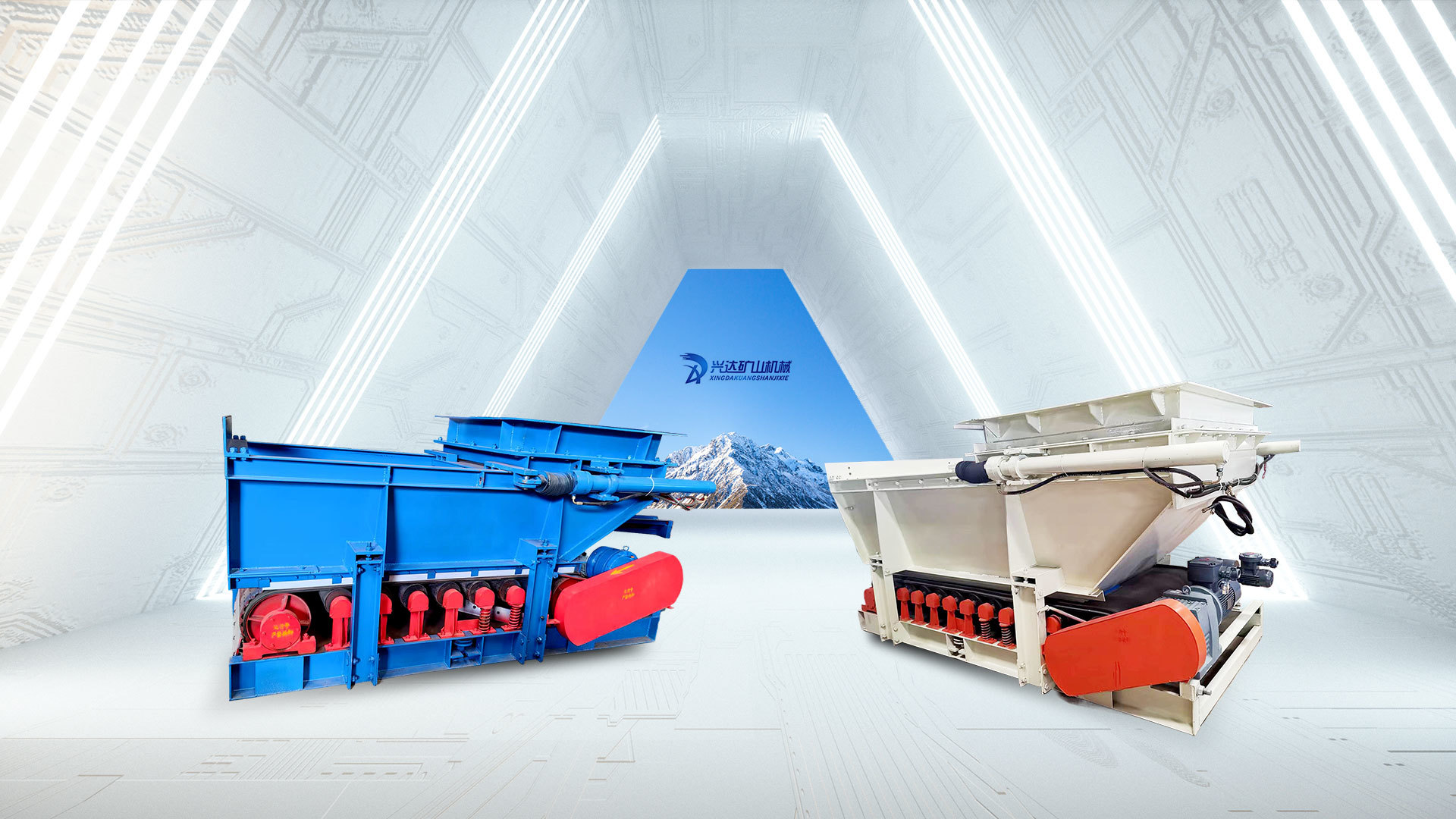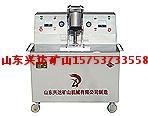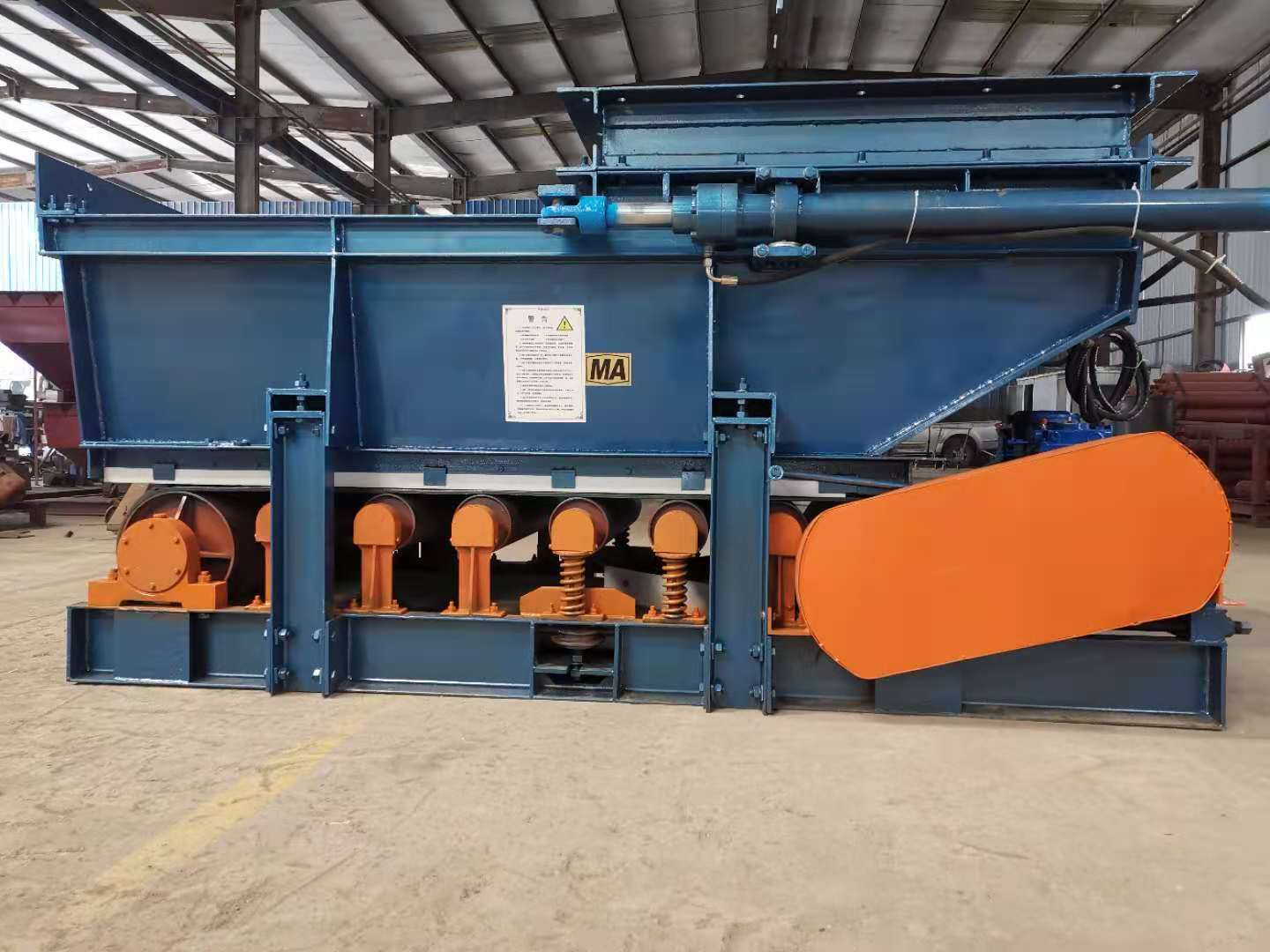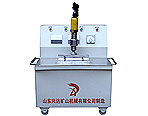20年行业制造经验
公司注册资本
拥有专利28项
累计服务600多家企业客户
ABOUT US
平台app入口
Shandong Xingda Mining Machinery Co.LTD
平台app入口与北京、西安、济南、南京、合肥、武汉、太原等 煤炭设计院及神华、兖矿、淮北、淮南、枣庄、开滦、 龙煤集团、宝丰能源等矿业集团有着密切的合作关系,是一家集科研开发、加工制造于一体的高科技企业。公司注册资金壹仟万元,拥有国家专利二十八项,并 以全部投入生产, 高素质的职工队伍,更是她永葆青春的力量源泉。先后被山东省科持厅授予“中国专利山东明星企业”、“ 山东省守合同重信用企业”等荣誉称号。 公司秉承: 质量第一、用户至上、锐意创新、追求完美的企业理念,致力于满足用力用户的需求,我们通过不懈的努力,以优质的创新产品, 严格的质量管理,完善的售后服务,赢得了众多电力用户的依赖和支持。
进一步了解我们>>

兴达矿山产品系列
矿用机电设备专业研发制造矿区定点生产企业
主要从事系列矿用机电设备的设计开发制造和安装
热门产品
现批量化生产的产品:(甲带)带式给料机、空气炮、煤尘抑制剂(降尘剂)、液压称重传感器、主井定量装卸载及提升信号系统、副井操车系统、滚轮罐耳、主井装卸载气控(液压)系统、电缆热补机、电缆压号机、电缆热风干燥机、电缆探伤仪、多功能抑尘车,均已在全国各地的工矿企业中得以广泛应用并深受广大用户一致好评,
为什么选择兴达矿山设备?
专业的给煤机、给料机、甲带给料机、带式给料机、电缆压号机、电缆热补机、滚轮罐耳、推车机、销齿式推车机生产厂家
设计研发制造
公司已通过ISO9001: 2008质量管理体系认证,汇聚了一批具有丰富生产经验的高级工程师。
性价比高
我们的产品在中国矿业及码头现大化建设、管理、生产中充分显示了高科技高质量设备安全、高效、文明生产的实际价值
全过程服务
我们建立了完善的售前、售中、售后服务体系,用我们热情、周到的服务,帮助客户解决技术难题,实现共同成长。
聚焦兴达 最新资讯
我们都坚持以客户为中心,以市场为导向, 不断提升产品质量,开发产品种类,满足客户越来越广泛的需求。
2023-12-28
2023-12-18
2023-12-08
2023-03-13











